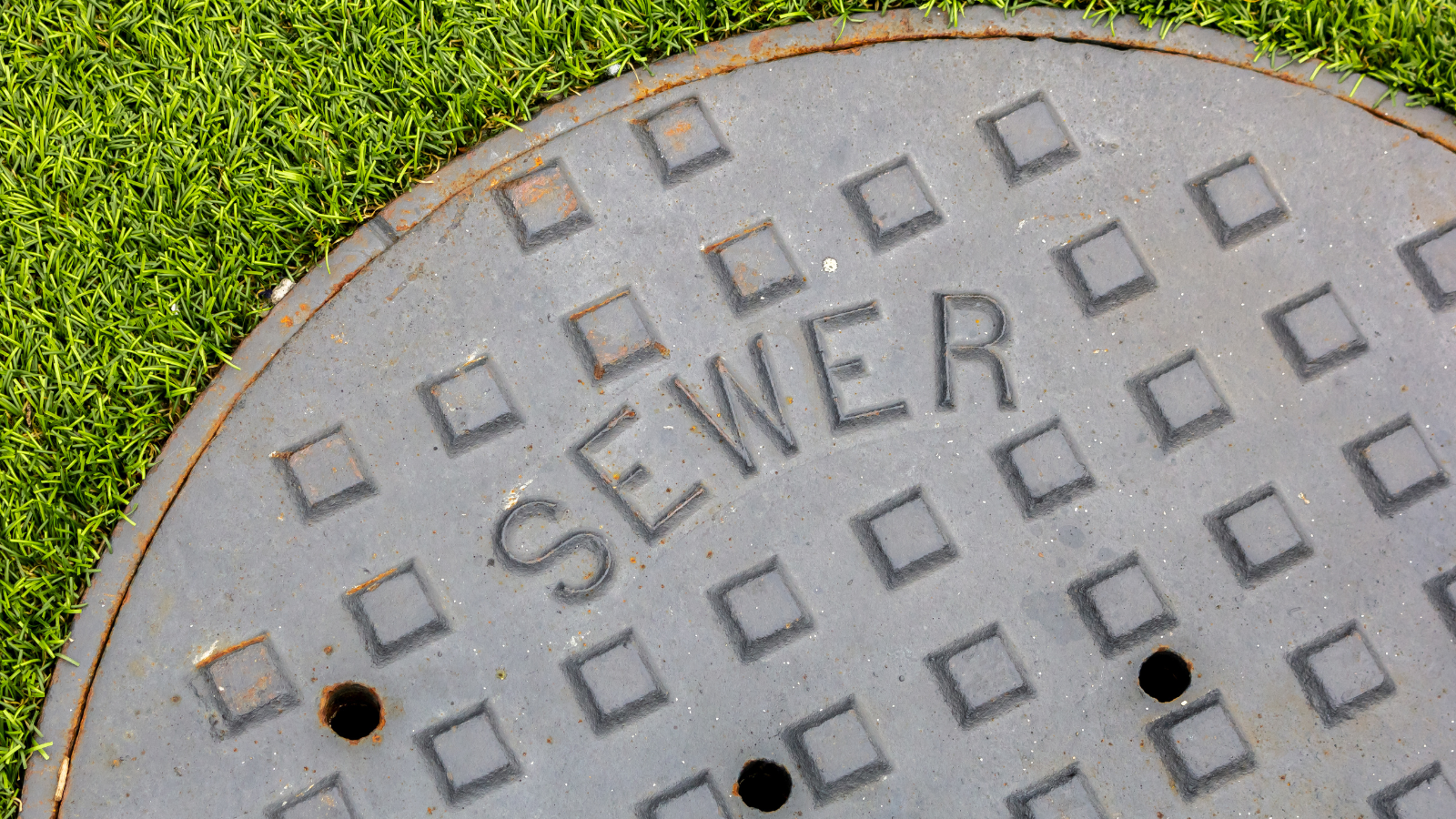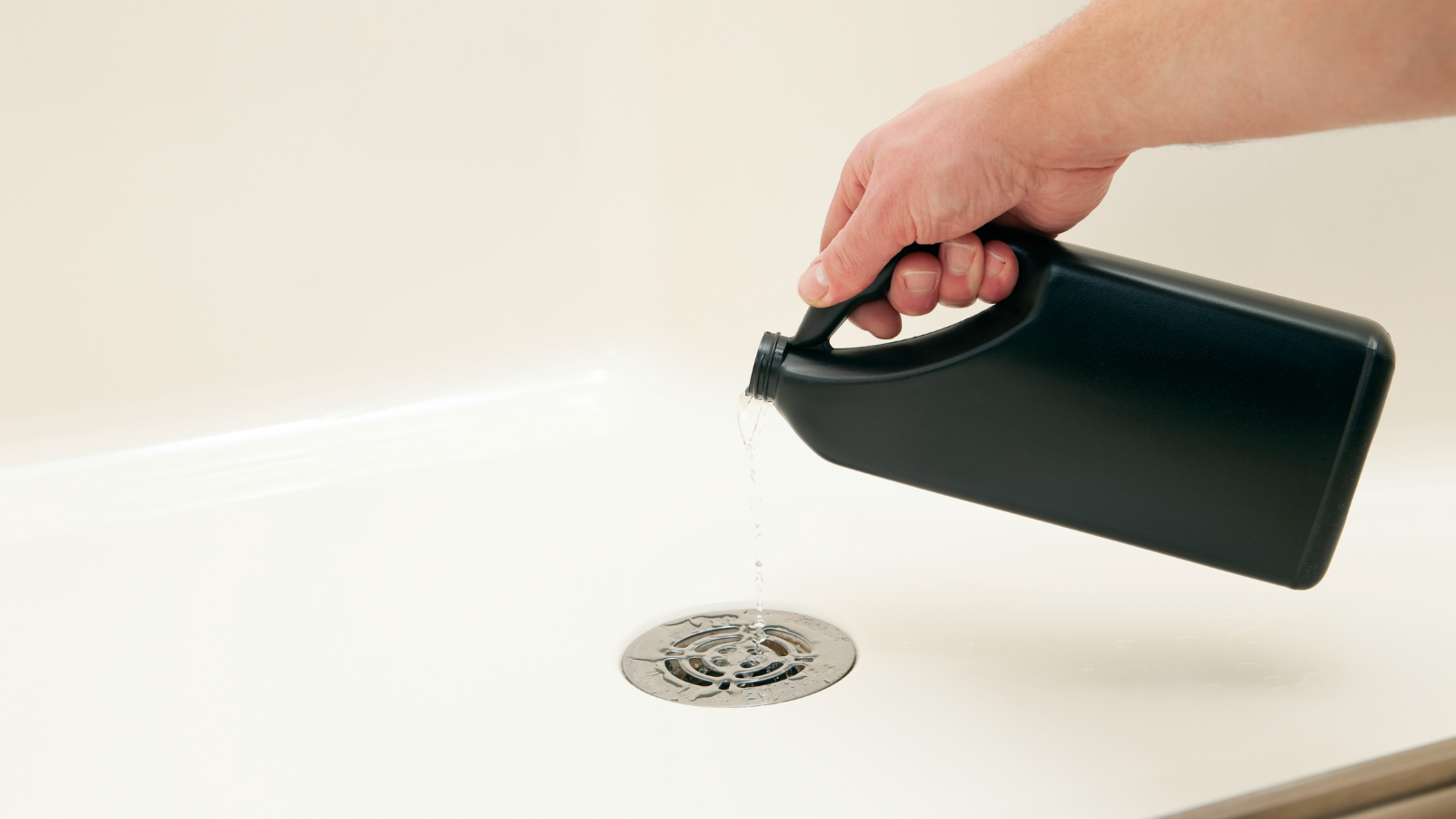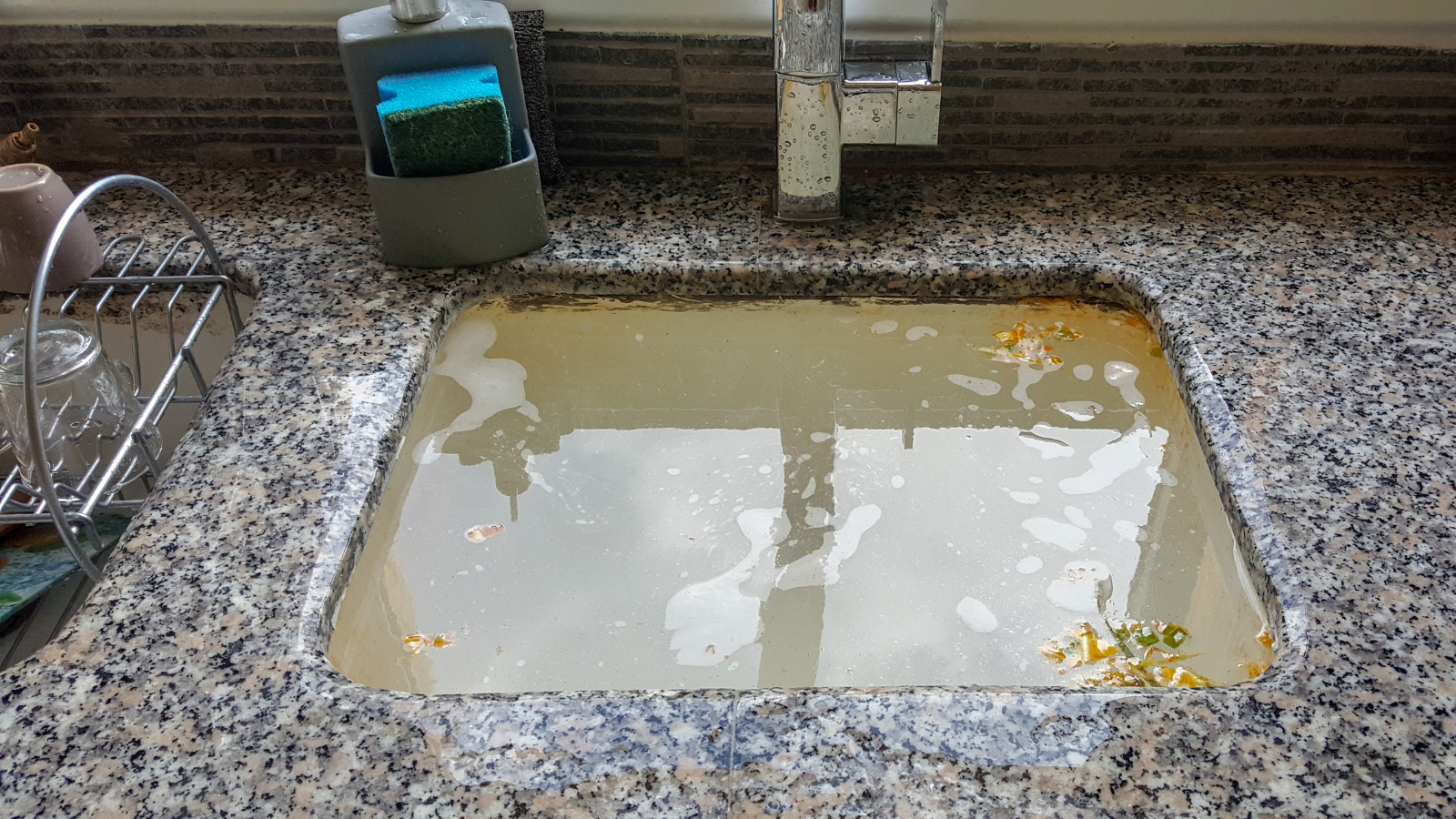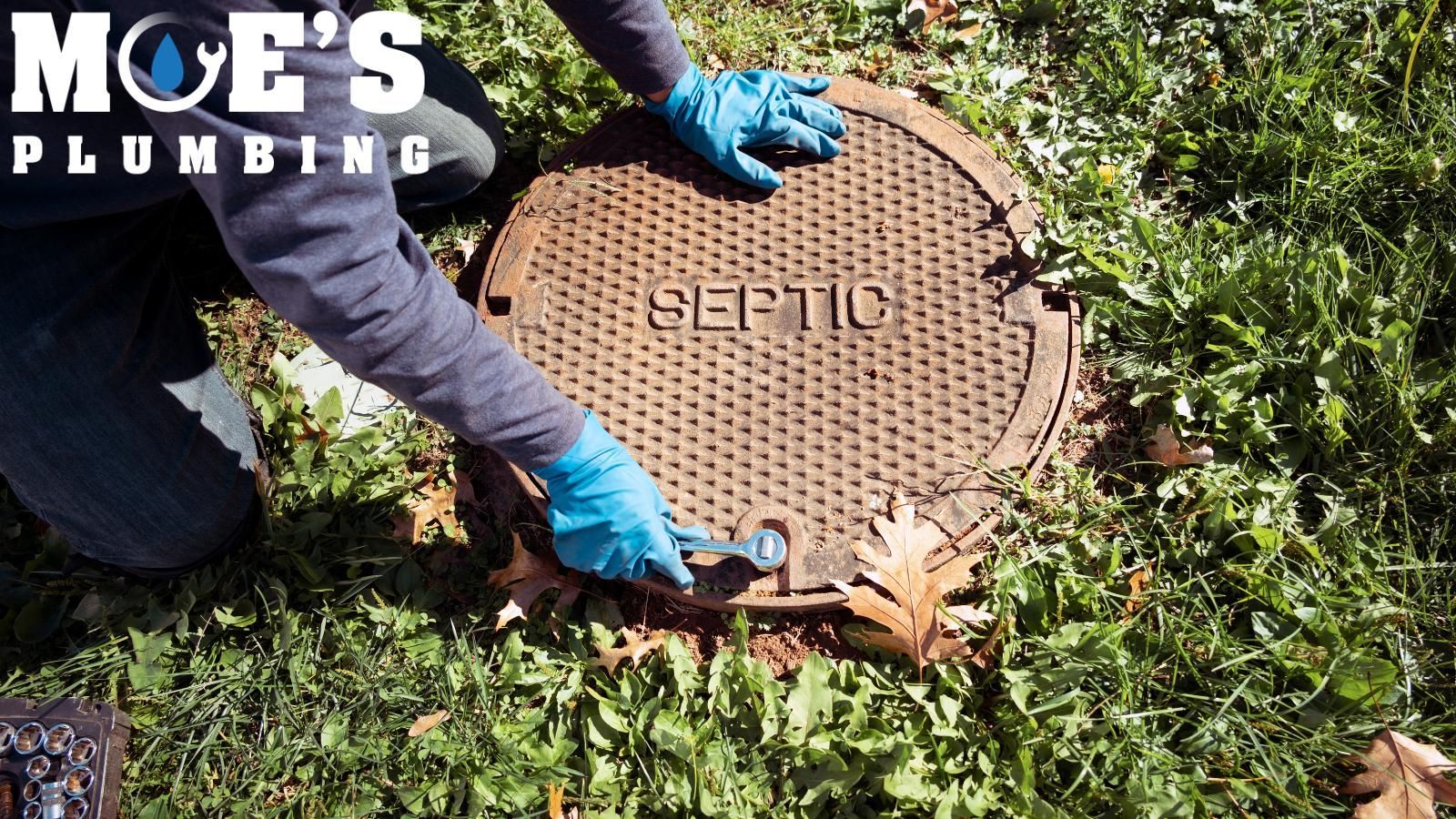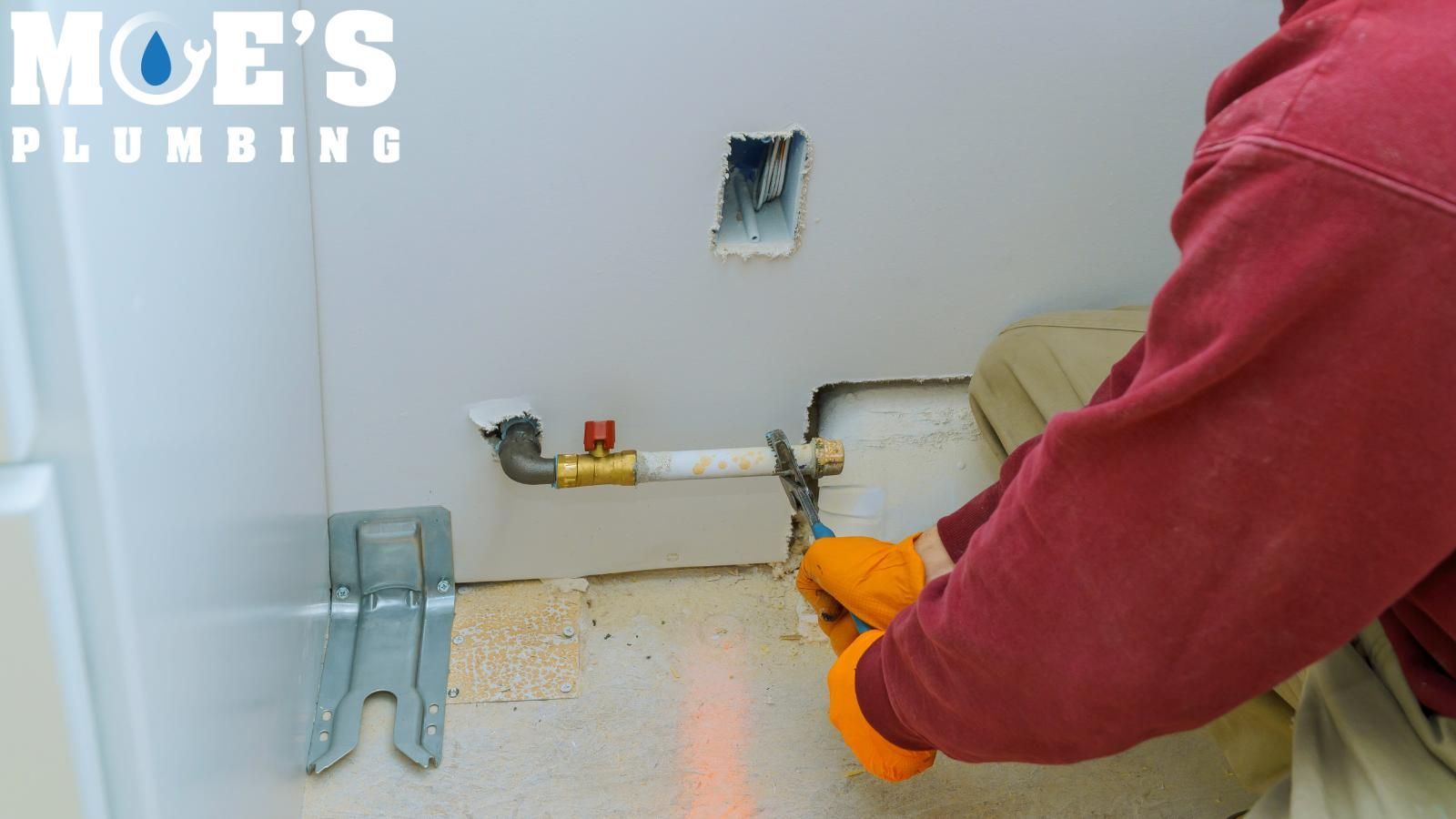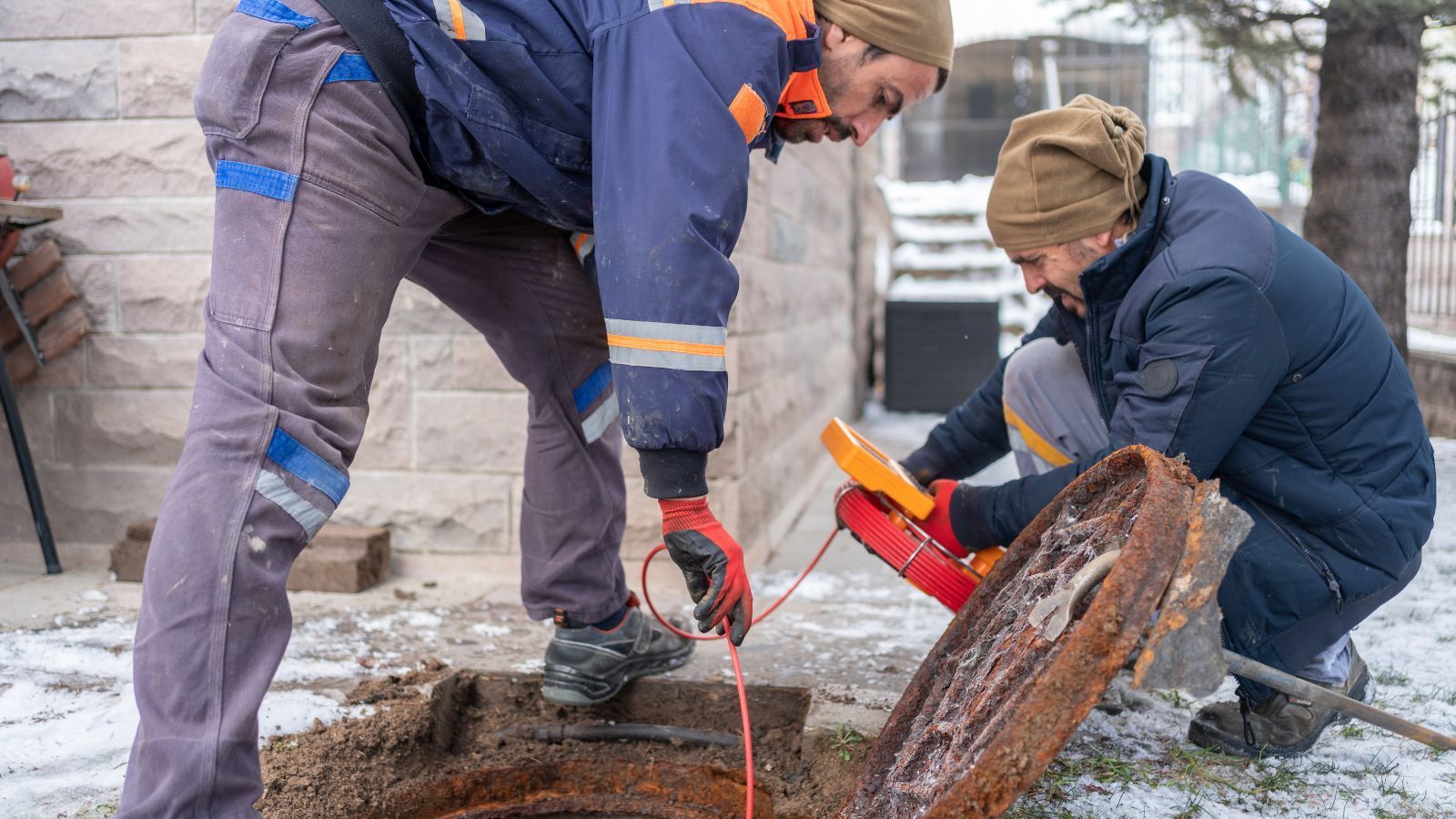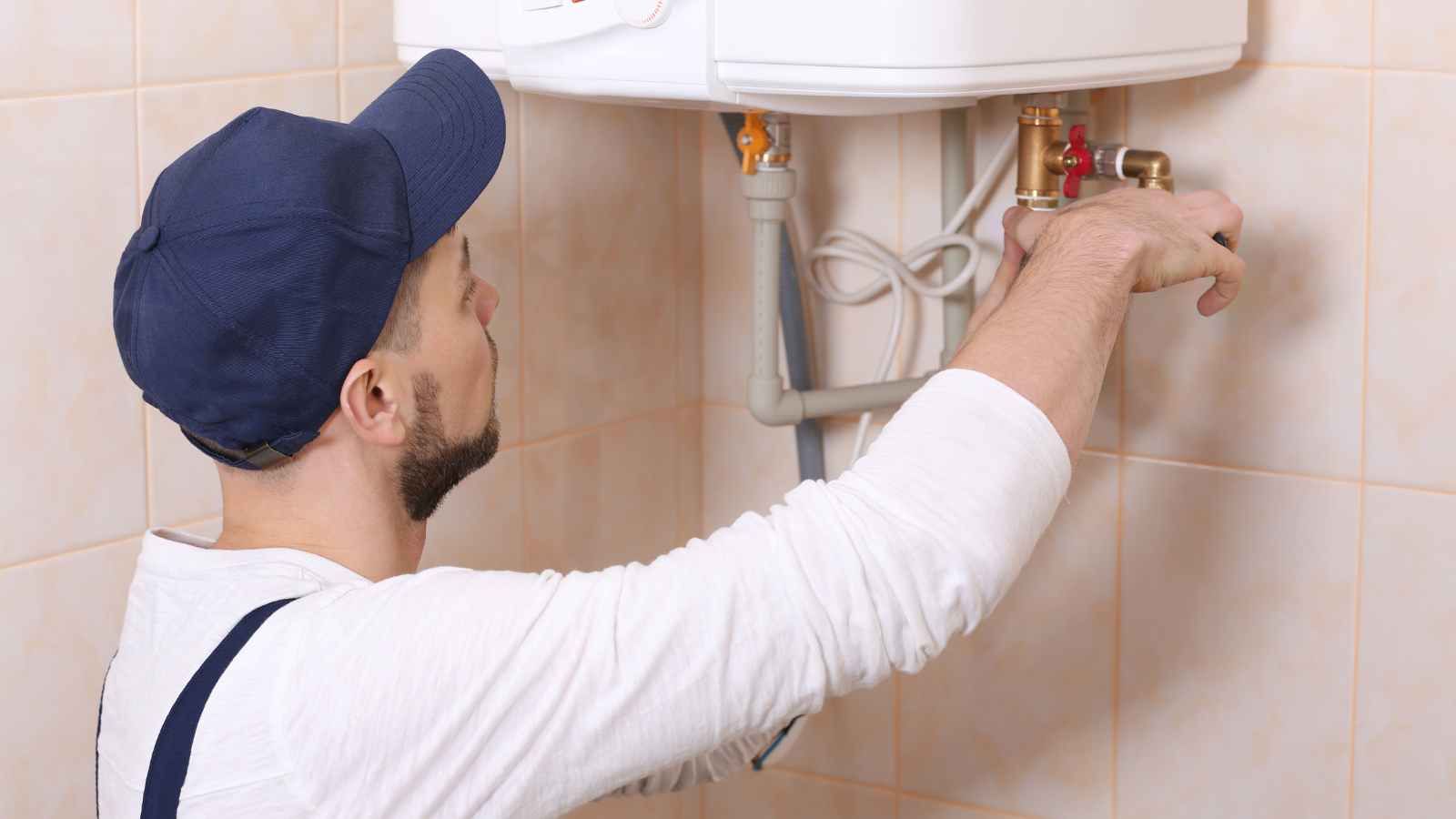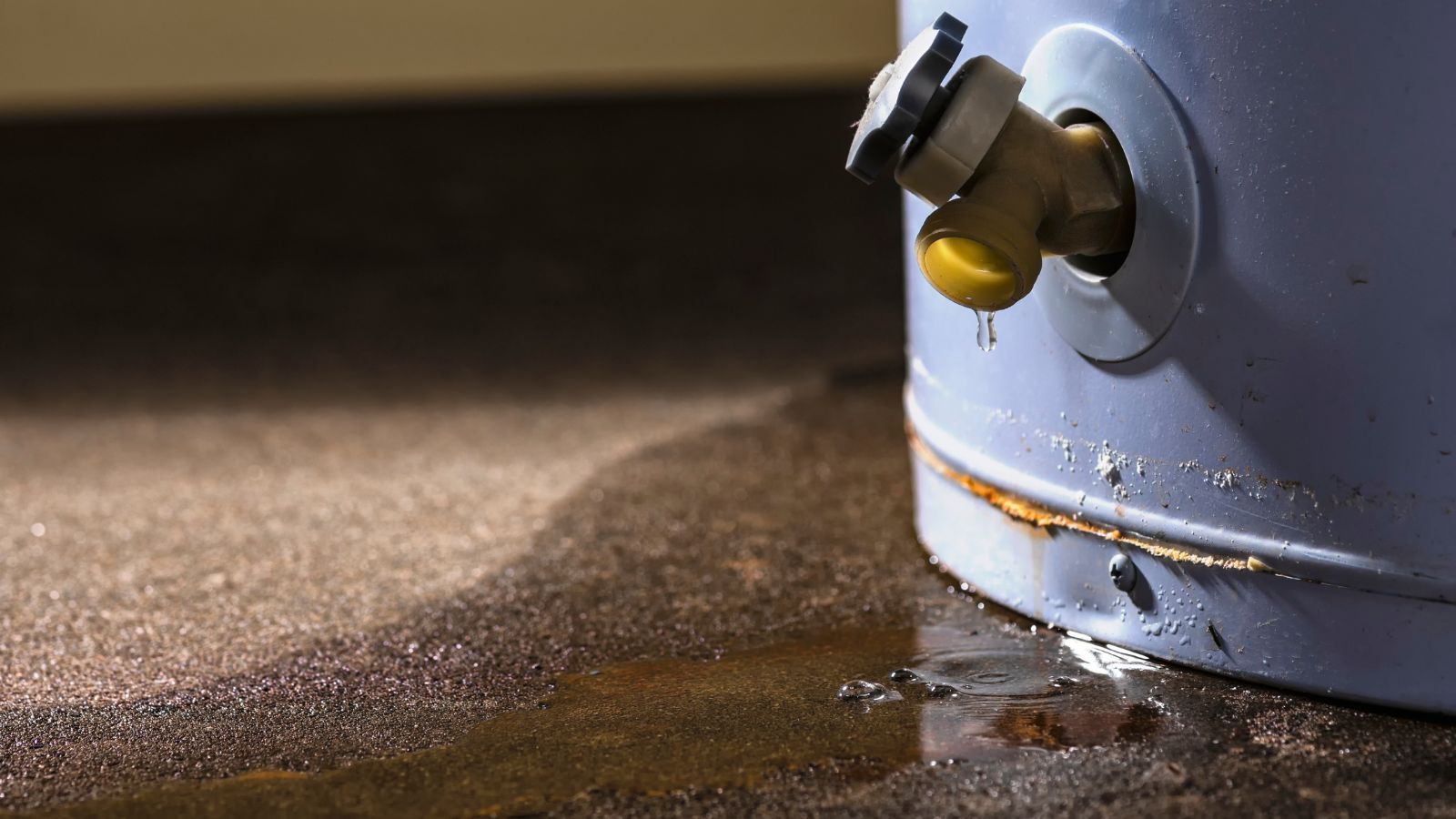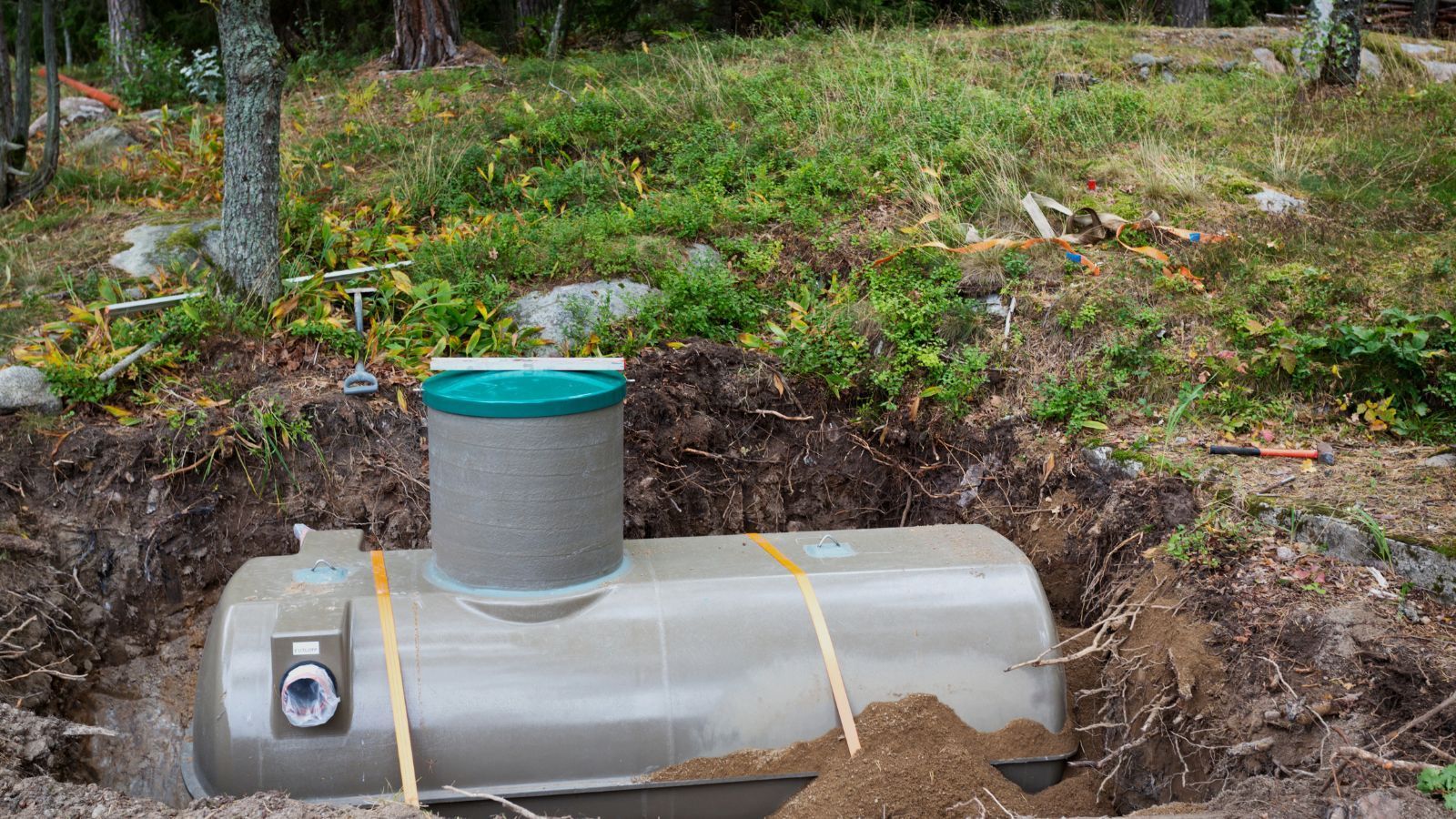A Pro's Guide to Find Where a Leak is Coming From
Water leaking into your house from the outside can turn from a silent whisper to a loud scream in your walls, often unnoticed until the damage shouts for attention.
Plumbing leak detection isn’t just good housekeeping—it’s about shielding your home from potential disasters. At Moe’s Plumbing Repair, we tackle these plumbing mysteries, ensuring that finding and fixing leaks feels less like a chore and more like solving an exciting puzzle. This guide will arm you with plumbing tips to track down the source of a water leak, understand its origins, and take quick action before a small drip turns into a flood.
In this post, we will cover:
Initial Steps to Identify the Source of a Water Leak
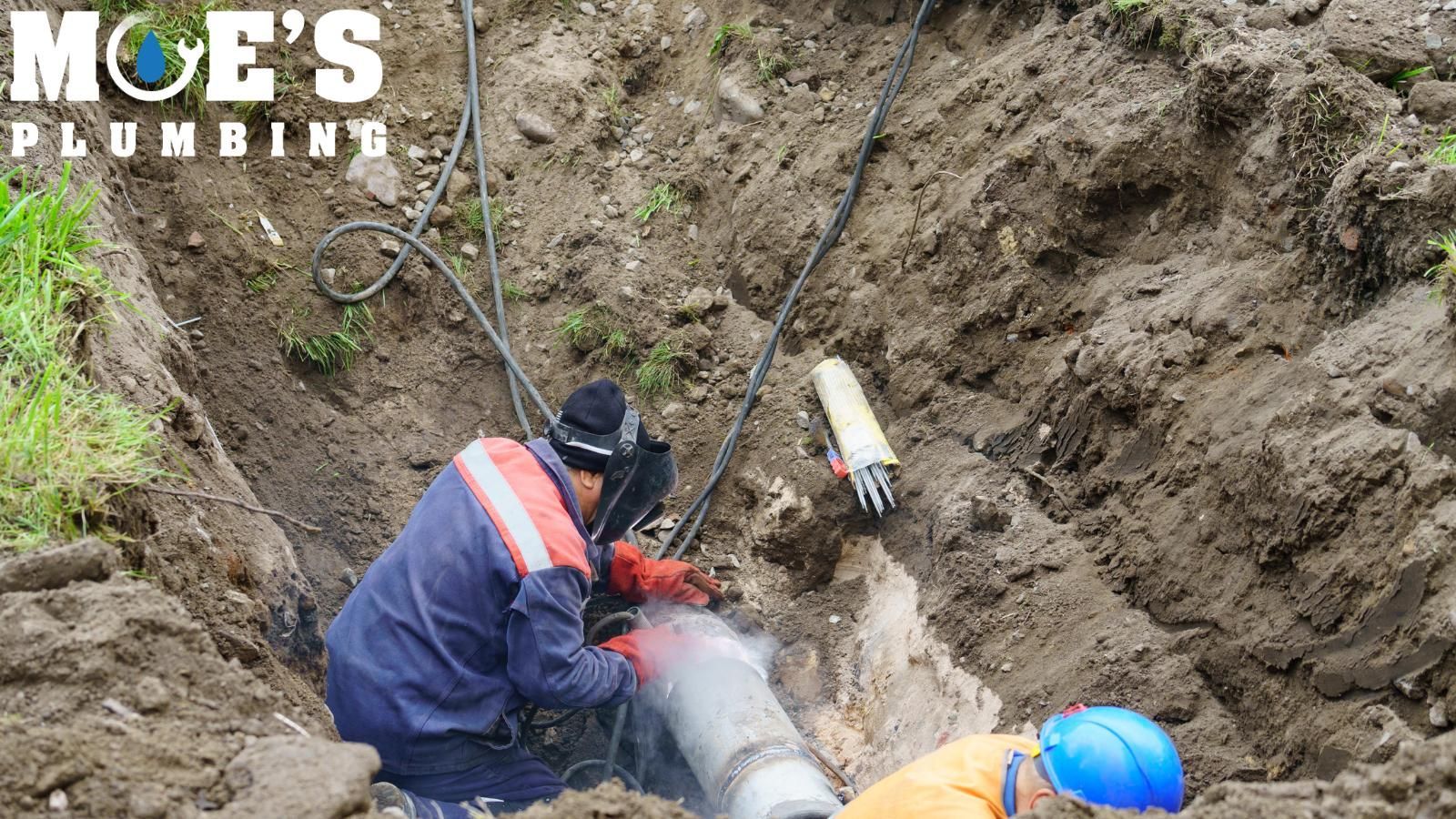
Whether it's a subtle stain on the ceiling or an unexpected increase in your water bill, finding the source of a water leak can be varied and misleading. Knowing what to watch for can save you thousands in repairs and the hassle of dealing with more severe damage later. Let’s explore
the initial signs that suggest a leak is brewing inside or outside your home, setting you up for prompt action before the drip becomes a deluge.
Indoor Leak Detection Techniques
Track down the trail of trouble if water is leaking into the house from the outside by:
- Looking for Discoloration – Are there water stains on the walls, ceilings, or floors? These marks may look like large, irregular patches of wetness, often darker than the surrounding area.
- Monitoring Water Pressure - A sudden loss in water pressure could signify a leak in your plumbing system. If turning on a faucet or shower yields a weaker stream than usual, it's time to investigate.
- Checking for Warping or Buckling - Floors that warp or walls that buckle can indicate water is leaking into the house from the outside, especially around bathrooms and kitchens.
Outdoor Leak Detection Strategies
Pinpointing the perpetrators for outdoor water leak detection requires the following investigations:
- Examine the Foundation - Check often around the foundation of your house for early signs of leaks, pooling water, or damp patches on the ground that do not dry up.
- Inspect Spigots and Hose Connections - An outside water leak can occur at spigots or hose connections. Ensure these fittings are tight and free from drips; even a small leak can lead to significant water loss over time.
- Investigate Changes in Landscape -
An outdoor water leak can also be discovered while investigating unexplained soggy spots in your yard or areas of lush green grass.
Advanced Leak Detection Tools
Technology will come to the rescue with the smartest tools to help you find the source of a water leak. Whether you’re dealing with elusive leaks or want to prevent future problems, here are some advanced tools plumbers have that will apprehend culprits:
- Acoustic Sensors - These devices listen to the unique sounds of water escaping pipes. Highly sensitive, they will find the source of a water leak without the need for disruptive digging or drilling.
- Thermal Imaging Cameras - Utilizing infrared technology, these cameras detect temperature variations caused by the presence of water. A cooler area on a wall or ground might indicate a house leak, making these cameras invaluable for quick scans of large areas.
- Moisture Meters - Designed to measure the moisture content in various materials, moisture meters can tell you exactly where excess water is. This is especially useful for early indoor leak detection and early repairs.
Plumbers save homeowners time, money, and inconvenience by using the above leak detection tools to identify leaks early and make early repairs.
DIY vs. Professional Leak Detection
Should homeowners fix a house leak themselves or contact experts for service? This choice often balances factors like cost, immediacy, and the complexity of the leak. Here’s how the DIY approach stacks up against professional intervention:
- Competent homeowners can tackle some plumbing leaks on their own. They will save on labor costs, and for straightforward issues, this can be an economical choice. Hopefully, they will act immediately and mitigate water damage. The DYI types will run the risk of a misdiagnosis, leading to ineffective repairs. Incorrect repairs can exacerbate the issue, potentially leading to significant damage and higher repair costs in the long run.
- Professional Plumbers have years of experience and are skilled in the latest diagnostic techniques to correctly identify and resolve the issues of water leaking into the house from the outside or the inside. With advanced tools like thermal imaging cameras and acoustic sensors (which provide accurate detections without invasive), professionals can find the source of a water leak. Professional services can be more expensive upfront due to labor costs and the use of sophisticated equipment.
Consider the complexity of the leak and your skills and resources when deciding between DIY and professional help. Minor leaks might be manageable on your own, but
for more complex or hidden leaks, the precision and assurance offered by professional plumbers are usually worth the extra cost.
Preventing Future Leaks
Regular maintenance and vigilant inspections are the best ways of keeping your plumbing in top condition. Avoid future leaks with the following practical tips:
- Inspect all visible plumbing fixtures, including faucets, hoses, and connectors. Look for signs of wear and tear or corrosion that could lead to leaks.
- Replace old or word-out plumbing fixtures before they fail. This includes rubber washers in faucets, which can degrade over time.
- Check the water pressure. Too high water pressure can strain pipes and fixtures, leading to leaks. Use a pressure gauge to check your home’s water pressure and adjust if necessary (typically 40-60 psi). If your water pressure consistently exceeds safe limits, consider installing a pressure-reducing valve to lower the risk of leaks.
- Insulate pipes in unheated areas like basements, attics, and garages to prevent them from freezing and bursting in cold weather. Insulation also helps reduce condensation on pipes during warmer months, preventing corrosion and leaks.
- Prepare for Storms. Before a storm, make sure your plumbing system is in order. Keep drains and gutters free from debris to prevent blockages. After a Storm, check your plumbing for damages that could cause leaks.
- Locate and label your main water shut-off valve. This knowledge is crucial for immediately stopping a water pipe leak in the house. It’s also a good idea to check the shut-off valve periodically to ensure it works properly as these valves can seize up over time.
Implementing these measures will maintain your plumbing system, significantly reduce a house leak, and prevent minor issues from becoming disasters.
Don’t let a slight drip turn into a major disaster. Take action soon if you suspect a water leak in your home. Count on Moe's expert plumbing repair team to find and fix water leaks effectively. Catching and fixing a house leak early can save you from costly repairs and irreversible damage. Contact Moe’s Plumbing today to schedule your comprehensive leak inspection to ensure your home stays dry and secure.
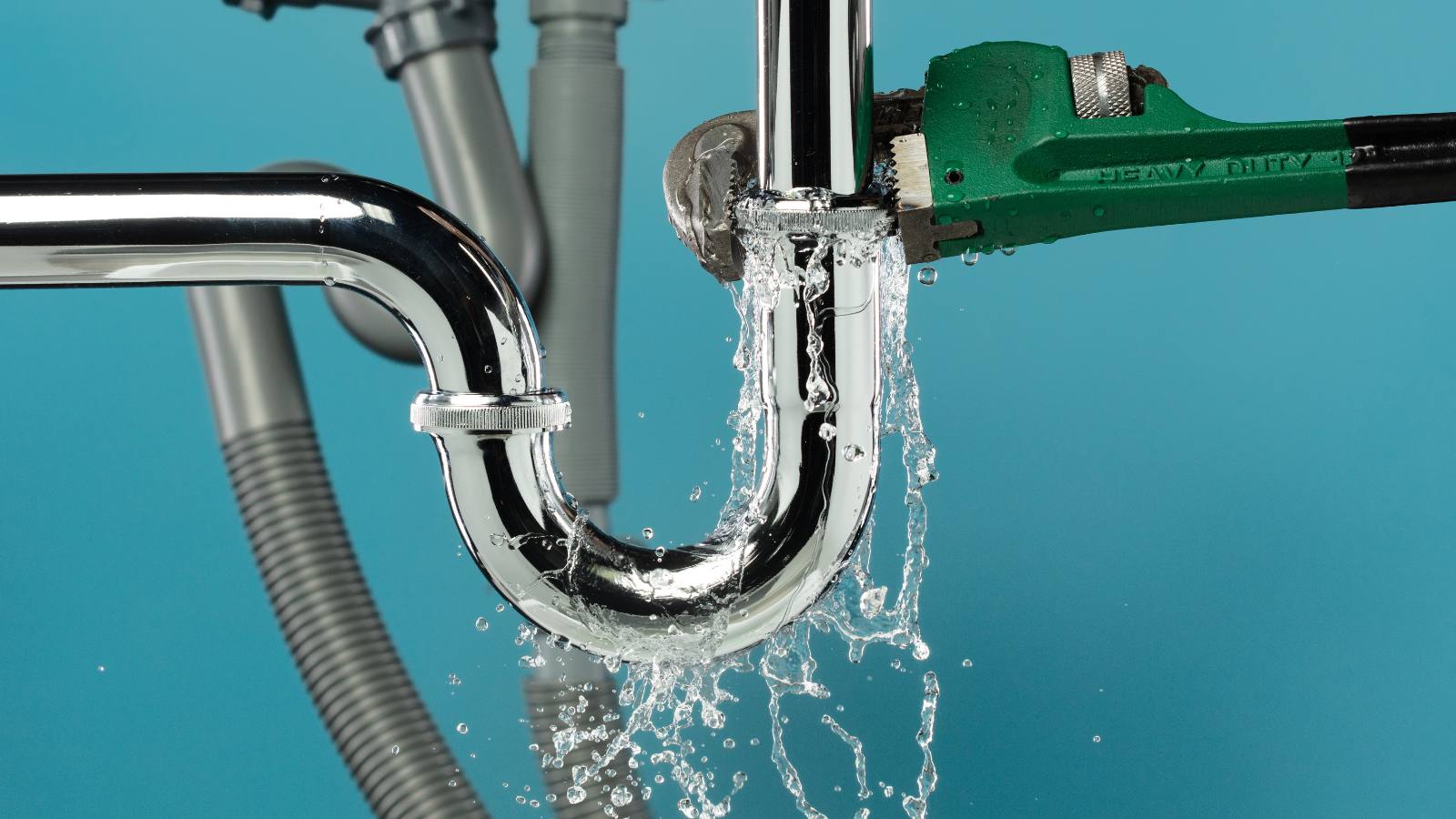

See What Our Customers Are Saying
